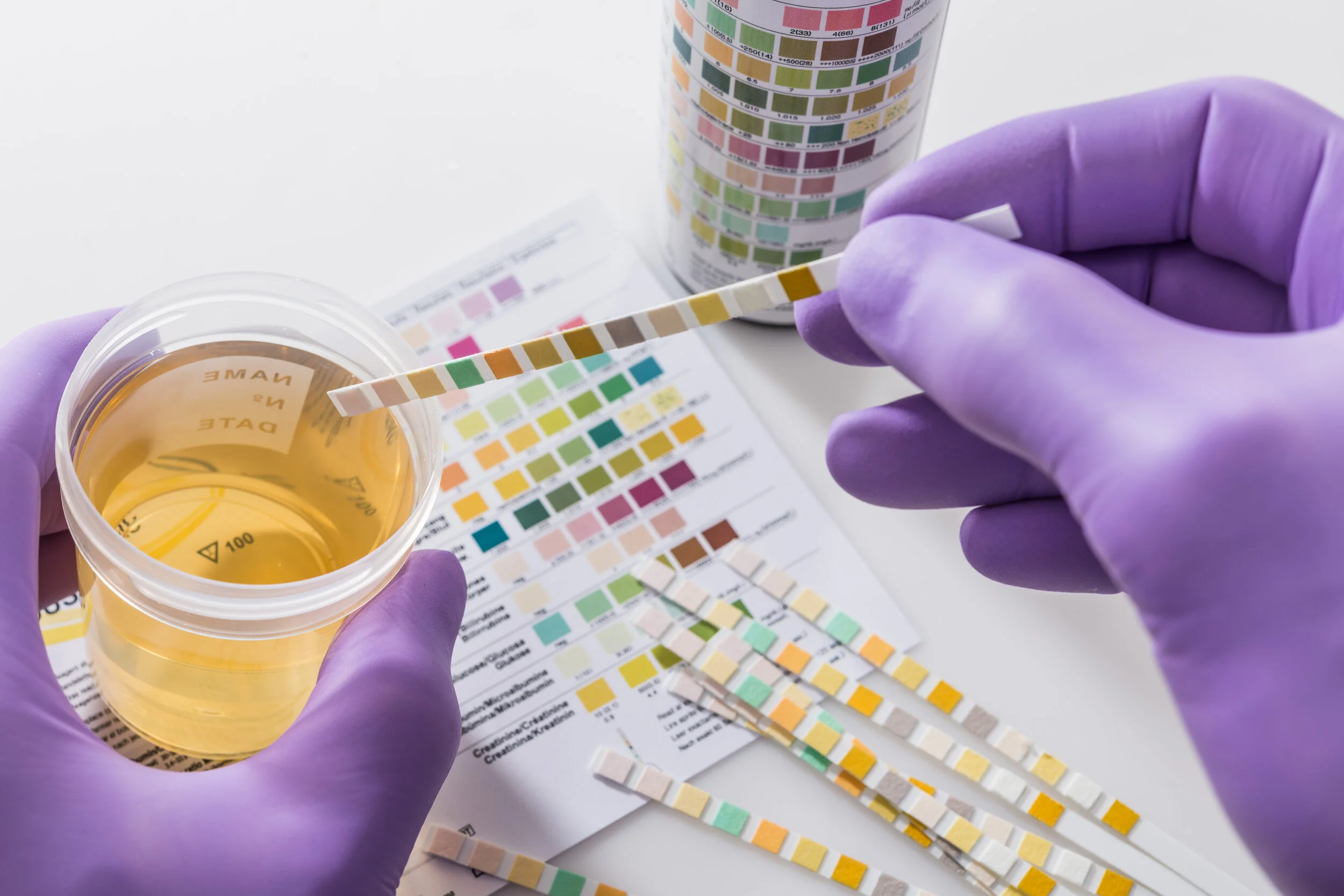New Study Shows DOT Needs to Revamp Data Verification
The Department of Transportation collects data from drug test results and uses it to set random testing rates.
However, the steps taken by the DOT to verify the accuracy of drug test data are not consistent among its agencies.
A study published on March 17, 2021 by the U.S. Government Accountability Office revealed that the steps taken by the DOT to verify and publicize drug and alcohol testing data need to go further to ensure the accuracy of said data. While the DOT publishes their data on their website, GAO recommends several opportunities to improve data transparency and public access.
What did GAO find?
The Department of Transportation currently has two methods in place to collect test data from employers and make sure that it is reliable:
The DOT incorporates automated checks to alert employers that their submitted data is outside of expected ranges and might be unreliable.
The DOT’s modal administrations and the U.S. Coast Guard use varying processes to verify data, such as comparing employer-submitted data to physical routine compliance records.
However, these current drug and alcohol testing data collection methods in the DOT are not consistently used by their modal administrations or the U.S. Coast Guard. Officials have not evaluated the sufficiency of the various methods used by the DOT, and therefore do not know if current data collection efforts are reliable for calculating random testing rates.
Why is accurate data collection important?
While the DOT does update their website annually to transparently report government data, they do not follow key actions that could lead to improvements in data collection. These missing key actions are:
The DOT does not disclose known data limitations that exist in the public data that would prevent users from accurately calculating random testing rates.
The DOT does not engage with the public to encourage data use.
What does GAO recommend?
GAO made several recommendations that the DOT concurred with to better ensure the reliability of drug and alcohol data collection and the validity of calculated random testing rates.
The DOT should evaluate the processes used by modal administrations to verify testing data.
The DOT should disclose known limitations in their website’s publicly reported testing data.
The DOT should reach out to the public to promote their website and evaluate the pros and cons of other possible improvements.




















